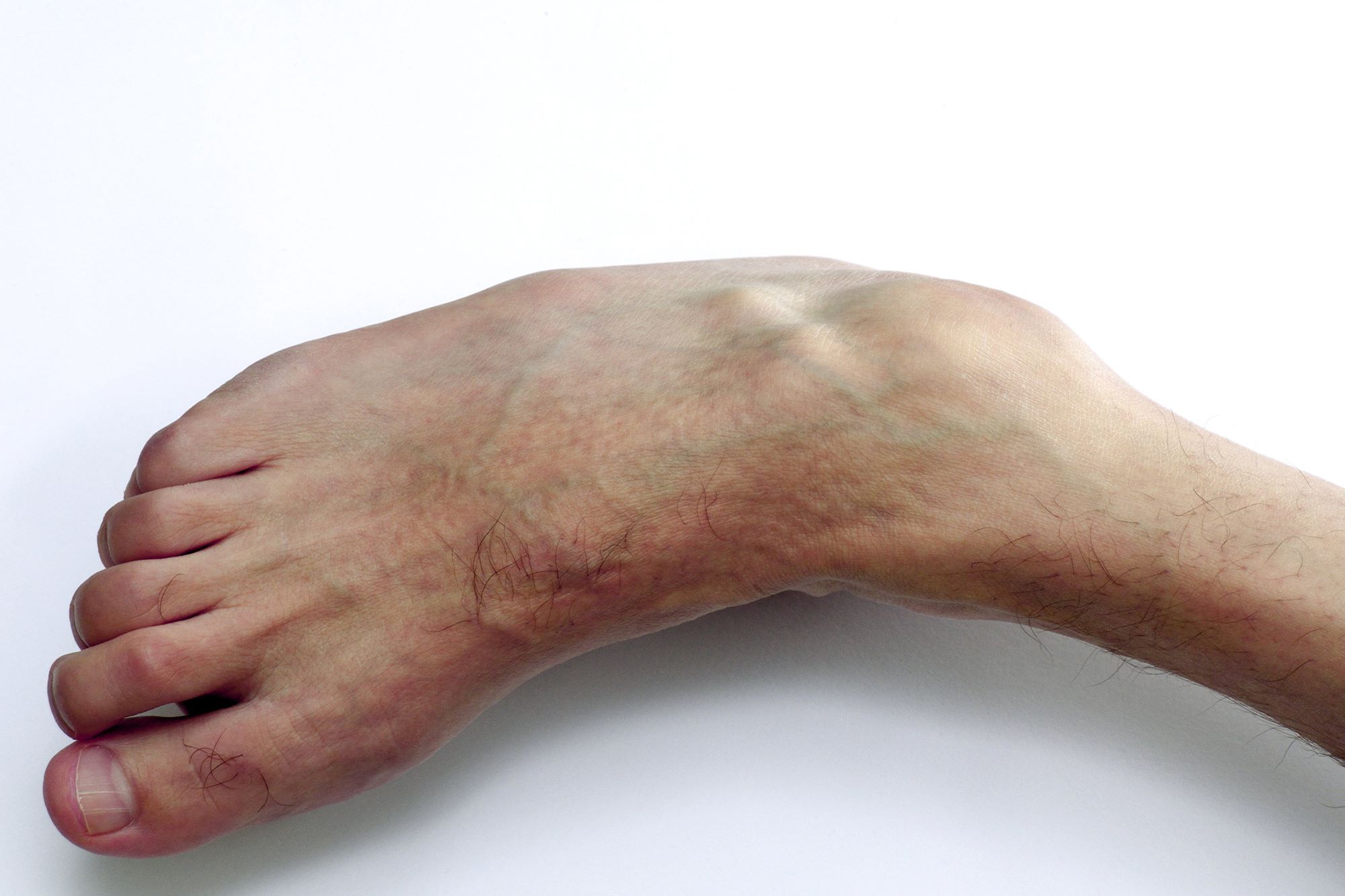
Dejerine–Sottas Disease is a rare genetic disorder that affects the peripheral nerves, leading to muscle weakness and sensory loss. Caused by mutations in specific genes, this condition usually appears in early childhood. Symptoms often include difficulty walking, loss of reflexes, and muscle atrophy. Diagnosing Dejerine–Sottas Disease involves genetic testing, nerve conduction studies, and sometimes a nerve biopsy. While there's no cure, treatments focus on managing symptoms through physical therapy, orthopedic devices, and sometimes surgery. Living with Dejerine–Sottas Disease can be challenging, but understanding the condition helps in navigating daily life. Here are 30 facts to help you understand this complex disease better.
Key Takeaways:
- Dejerine–Sottas Disease is a rare genetic disorder causing muscle weakness and sensory loss. Early diagnosis and multidisciplinary care can help manage symptoms and improve quality of life.
- Research into Dejerine–Sottas Disease offers hope for new treatments, including gene therapy and stem cell research. Patient registries and advocacy organizations play a crucial role in advancing understanding and care.
What is Dejerine–Sottas Disease?
Dejerine–Sottas Disease, also known as Hereditary Motor and Sensory Neuropathy Type III, is a rare genetic disorder affecting the peripheral nerves. These nerves connect the brain and spinal cord to muscles and sensory organs. Understanding this condition can help those affected and their families manage symptoms and seek appropriate care.
- Dejerine–Sottas Disease is named after French neurologists Joseph Jules Dejerine and Jules Sottas, who first described it in 1893.
- This disorder is characterized by progressive muscle weakness and sensory loss, typically beginning in childhood.
- It is a type of Charcot-Marie-Tooth disease, specifically classified as Type III.
- The disease affects both motor and sensory nerves, leading to a range of symptoms.
- Genetic mutations in the PMP22, MPZ, and EGR2 genes are commonly associated with this condition.
Symptoms of Dejerine–Sottas Disease
Symptoms can vary widely among individuals, but there are some common signs to look out for. Early diagnosis can help manage the disease more effectively.
- Muscle weakness often starts in the lower legs and feet, making walking difficult.
- Hand weakness and loss of fine motor skills can occur as the disease progresses.
- Sensory loss, including reduced ability to feel pain, temperature, and touch, is common.
- Foot deformities, such as high arches and hammer toes, may develop.
- Scoliosis, or curvature of the spine, can be a complication.
Diagnosis and Testing
Diagnosing Dejerine–Sottas Disease involves a combination of clinical evaluation, family history, and specialized tests. Early and accurate diagnosis is crucial for managing the condition.
- Electromyography (EMG) tests can measure the electrical activity of muscles.
- Nerve conduction studies help assess the speed and strength of nerve signals.
- Genetic testing can identify specific mutations responsible for the disease.
- A nerve biopsy, where a small piece of nerve tissue is examined, may be performed.
- MRI scans can reveal abnormalities in the spinal cord and nerves.
Treatment and Management
While there is no cure for Dejerine–Sottas Disease, various treatments can help manage symptoms and improve quality of life. A multidisciplinary approach is often the most effective.
- Physical therapy can help maintain muscle strength and flexibility.
- Occupational therapy assists with daily activities and adaptive techniques.
- Orthopedic devices, such as braces or custom shoes, can improve mobility.
- Pain management strategies, including medications and alternative therapies, are essential.
- Regular monitoring by a neurologist and other specialists is recommended.
Living with Dejerine–Sottas Disease
Living with a chronic condition like Dejerine–Sottas Disease requires adjustments and support. Understanding how to cope can make a significant difference.
- Support groups and counseling can provide emotional support and practical advice.
- Maintaining a healthy lifestyle, including a balanced diet and regular exercise, is beneficial.
- Assistive devices, such as wheelchairs or walkers, may be necessary as the disease progresses.
- Home modifications, like installing ramps or grab bars, can enhance safety and accessibility.
- Educating family members and caregivers about the disease is crucial for effective support.
Research and Future Directions
Ongoing research aims to better understand Dejerine–Sottas Disease and develop new treatments. Staying informed about advancements can offer hope to those affected.
- Gene therapy is being explored as a potential treatment to correct genetic mutations.
- Stem cell research holds promise for regenerating damaged nerves.
- Clinical trials are testing new medications and therapies to manage symptoms.
- Patient registries and biobanks are valuable resources for researchers studying the disease.
- Advocacy organizations play a vital role in funding research and raising awareness.
Understanding Dejerine–Sottas Disease
Dejerine–Sottas Disease, a rare genetic disorder, affects the peripheral nerves, leading to muscle weakness and sensory loss. Knowing the symptoms and genetic causes can help in early diagnosis and management. While there's no cure, treatments like physical therapy, orthopedic devices, and sometimes surgery can improve quality of life. Genetic counseling is crucial for families affected by this condition, offering insights into inheritance patterns and future risks.
Raising awareness about Dejerine–Sottas Disease is essential. It encourages research and support for those living with this challenging condition. If you or someone you know shows signs of this disease, seeking medical advice promptly can make a significant difference. Stay informed, support research, and advocate for better treatments. Knowledge is power, and together, we can make strides in understanding and managing Dejerine–Sottas Disease.
Frequently Asked Questions
Was this page helpful?
Our commitment to delivering trustworthy and engaging content is at the heart of what we do. Each fact on our site is contributed by real users like you, bringing a wealth of diverse insights and information. To ensure the highest standards of accuracy and reliability, our dedicated editors meticulously review each submission. This process guarantees that the facts we share are not only fascinating but also credible. Trust in our commitment to quality and authenticity as you explore and learn with us.
